International
Hamas denounces ‘no signs’ of helping Gaza aid crisis

AFP
Palestinian Islamist group Hamas said talks Monday with UN diplomats supporting a fragile month-old ceasefire had gone badly, accusing Israel of a lack of will to end the humanitarian crisis.
The crowded Mediterranean territory, home to around two million Palestinians under an Israeli blockade since 2007, was devastated by 11 days of conflict.
UN Middle East peace envoy Tor Wennesland arrived in Gaza on Monday for talks with Hamas leaders, one month on since a ceasefire between Hamas and Israel came into force.
But a source in Hamas, who asked not to be identified, said the UN envoy had also delivered a “negative message” from Israel to Hamas, without giving further details.
“The meeting was bad, it was not at all positive,” the head of Hamas’ political wing, Yahya Sinwar told reporters.
“They listened to us attentively, but there are no signs that there are intentions towards solving the humanitarian crisis in the Gaza Strip,” Sinwar added.
The UN declined to comment.
Sinwar said leaders in Gaza would meet in “the coming hours” to decide their next step.
Israel said it had allowed Monday the “limited export” of farm produce from Gaza to begin Monday, as well as trucks carrying clothes and fabrics to leave.
But Sinwar said it did nothing to change the situation in Gaza, saying Israel continued to block international aid, as well as critical fuel deliveries needed for the electricity plant, and restrict movement including fishermen in the Mediterranean.
“It is clear that the occupation (Israel) continues to practise its policies against us and our people in the Gaza Strip,” Sinwar said.
“We told the representatives of the United Nations that we will not accept this matter.”
The ceasefire went into effect May 21, ending the bloodiest fighting between Israel and Hamas since 2014.
The conflict killed 260 Palestinians including some fighters, according to Gaza authorities.
In Israel, 13 people were killed, including a soldier, by rockets fired from Gaza, the police and army said.
Last week, ceasefire violations included Palestinian militants setting off incendiary ballons to spark fires in farm land — and Israel responding with two rounds of air strikes.
International
Chile enters runoff campaign with Kast leading and Jara seeking a last-minute comeback
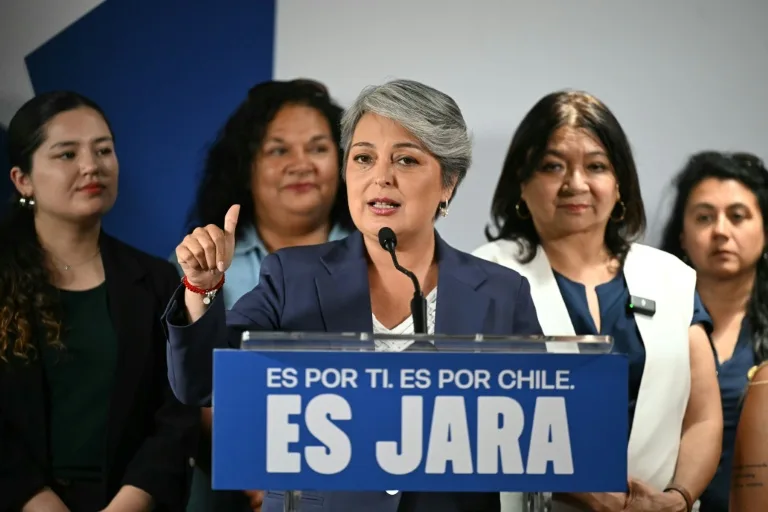
Chile’s presidential runoff campaign for the December 14 election kicked off this Sunday, with far-right candidate José Antonio Kast entering the race as the clear favorite in the polls, while left-wing contender Jeannette Jara faces an uphill scenario, hoping for a comeback that some experts describe as “a miracle.”
The final polls released in Chile—published before the mandatory blackout on survey dissemination—give Kast, an ultraconservative former lawmaker running for president for the third time, a lead of between 12 and 16 points. His opponent, the communist former minister in Gabriel Boric’s current administration, is weighed down not only by the government’s low approval ratings but also by a fragmented electorate.
Although Jeannette Jara received the most votes in the first round with 26.9%, her lack of alliances beyond the left makes it difficult for her to expand her support. Kast, who secured 23.9%, has already brought key figures on board: ultralibertarian Johannes Kaiser (13.9%) and traditional right-wing leader Evelyn Matthei (12.4%), both now backing his candidacy.
Analysts note that although Kast’s support base consolidates more than 50% of the electorate, it does not guarantee an automatic transfer of votes. Populist economist Franco Parisi, who placed third with 19.7%, emerges as the major wildcard. His party, the People’s Party (PDG), is set to decide this Sunday through an internal consultation whether to endorse one of the two finalists.
International
Trump says asylum decision freeze will remain in place “for a long time”
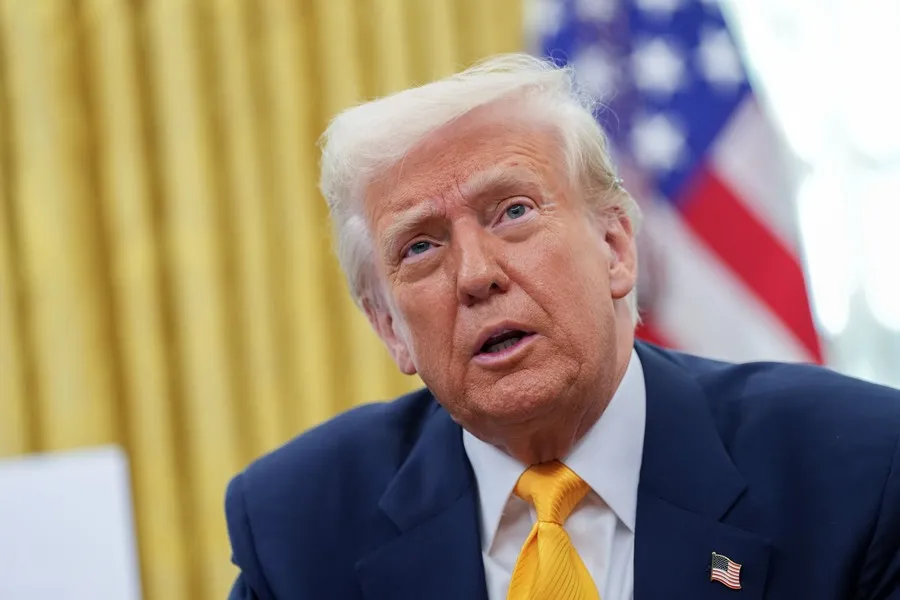
U.S. President Donald Trump warned on Sunday that the suspension of decisions on asylum applications—implemented as part of his order to “halt” immigration from third-world countries following Wednesday’s shooting in Washington—will remain in effect “for a long time.”
The president declined to specify how long the freeze, imposed last Friday by the U.S. Citizenship and Immigration Services (USCIS), would last. The suspension affects individuals waiting for an asylum ruling from that agency, though it does not apply to cases handled by U.S. immigration courts.
The delay is part of a series of measures enacted by the Trump Administration after a shooting on Wednesday in which an Afghan national allegedly opened fire on the National Guard in Washington, D.C., killing one officer and leaving another in critical condition.
Trump has ordered a permanent halt to immigration from 19 countries classified as “third-world.” He also indicated on Sunday that “possibly” more nations could be added to the list.
“These are countries with high crime rates. They are countries that do not function well… that are not known for success, and frankly, we don’t need people from those places coming into our country and telling us what to do,” Trump said, adding: “We don’t want those people.”
USCIS had already announced on Thursday a “rigorous review” of green cards held by migrants from 19 “countries of concern,” including Afghanistan, Cuba, Venezuela, and Haiti.
International
Sri Lanka and Indonesia deploy military as deadly asian floods kill over 1,000
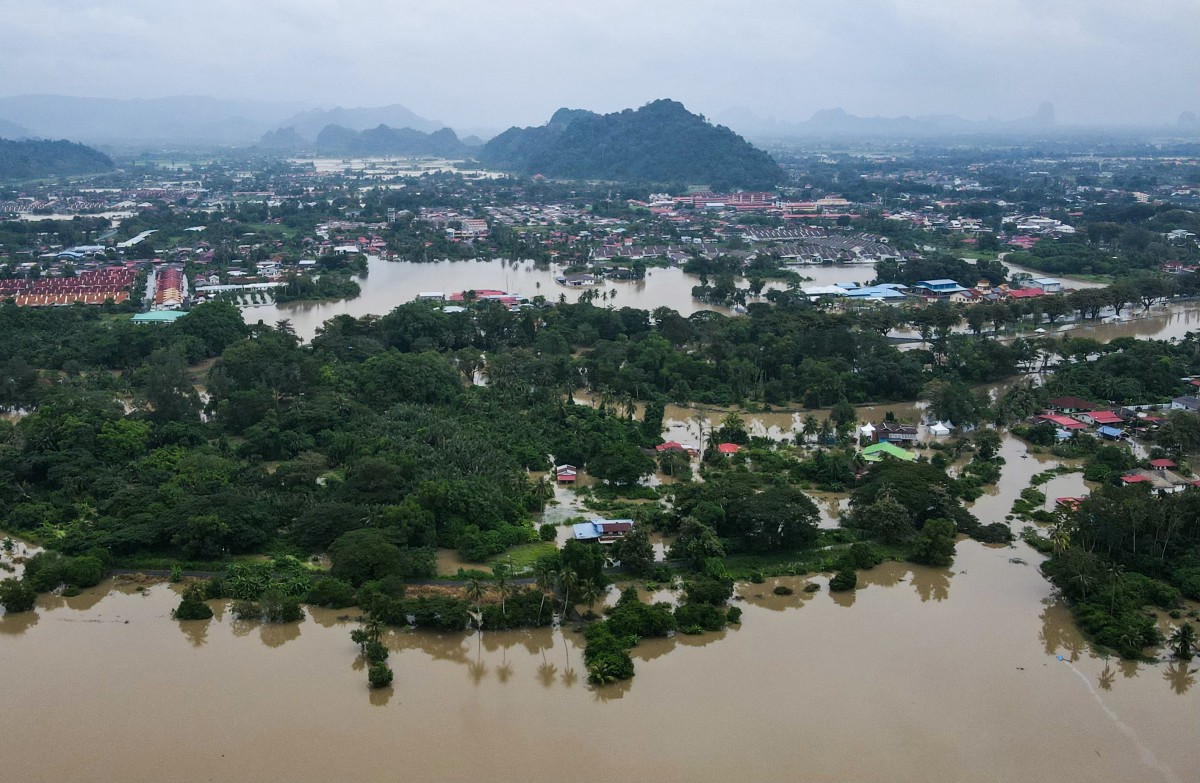
Sri Lanka and Indonesia deployed military personnel on Monday to assist victims of the devastating floods that have killed more than a thousand people across Asia in recent days.
A series of weather events last week triggered prolonged torrential rains across Sri Lanka, parts of Indonesia’s Sumatra island, southern Thailand, and northern Malaysia. Indonesian President Prabowo Subianto said Monday in North Sumatra that “the priority now is to deliver the necessary aid as quickly as possible.”
“There are several isolated villages that, with God’s help, we will be able to reach,” he added. Subianto also stated that the government had deployed helicopters and aircraft to support relief operations.
Floods and landslides have claimed 502 lives in Indonesia, with a similar number still missing.
This marks the highest death toll from a natural disaster in Indonesia since 2018, when an earthquake and subsequent tsunami killed more than 2,000 people.
The government has sent three military ships carrying aid and two hospital vessels to the hardest-hit regions, where many roads remain impassable.
In the village of Sungai Nyalo, located about 100 kilometers from Padang, the capital of West Sumatra, floodwaters had receded by Sunday, leaving homes, vehicles, and crops coated in thick mud.
-

 Central America2 days ago
Central America2 days agoTrump Pardons Former Honduran President Hernández and Warns of Aid Cuts Ahead of Election
-

 Central America4 days ago
Central America4 days agoPanama reinforces security with new helicopters and Super Tucano Aircraft purchases
-

 Central America4 days ago
Central America4 days agoTrump urges hondurans to back conservative candidate Nasry Asfura in november elections
-

 International4 days ago
International4 days agoArchbishop Wenski criticizes Trump’s deportation policies, calls for stronger push for reform
-

 Central America1 day ago
Central America1 day agoHonduras’ China–Taiwan Future Hinges on Sunday’s Presidential Election
-

 Central America15 hours ago
Central America15 hours agoHonduras Extends Voting by One Hour Amid High Turnout, CNE Announces
-

 Central America4 days ago
Central America4 days agoWashington calls for oversight as Honduras faces allegations of electoral interference
-

 International2 days ago
International2 days agoMeta Says Russia Seeks to Ban WhatsApp for Defending Secure Communication
-
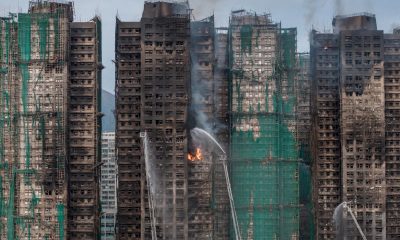
 International2 hours ago
International2 hours agoHong Kong police arrest 13 over deadly high-rise fire that killed 151
-

 International2 hours ago
International2 hours agoTrump says asylum decision freeze will remain in place “for a long time”
-

 International2 hours ago
International2 hours agoSri Lanka and Indonesia deploy military as deadly asian floods kill over 1,000
-
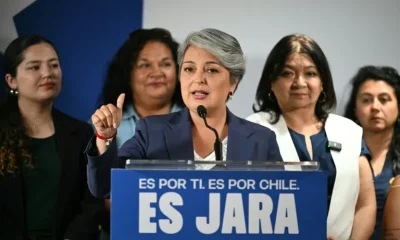
 International2 hours ago
International2 hours agoChile enters runoff campaign with Kast leading and Jara seeking a last-minute comeback






























